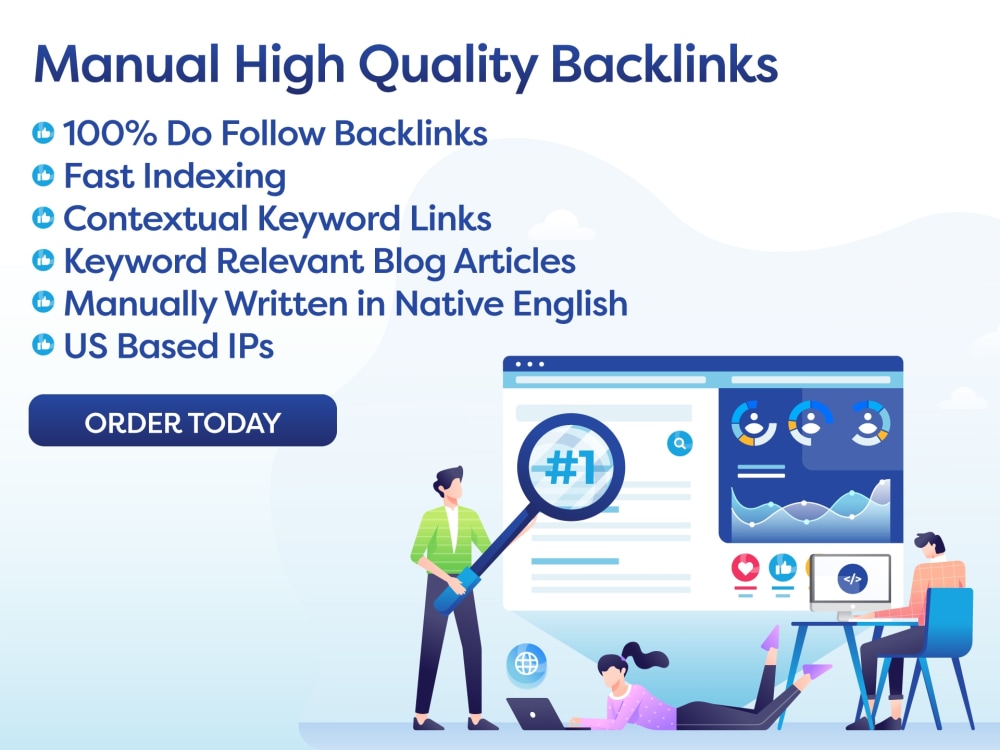SERP analysis is crucial for improving website visibility on search engines. By understanding search engine results pages, identifying keywords, analyzing competitors, and tailoring content and SEO strategies, websites can attract more organic traffic. SERP analysis offers insights into website performance, keyword relevance, competitor strategies, and user intent. Implementing these insights can lead to better search engine rankings, increased traffic, and improved user engagement. Conducting a thorough SERP analysis, identifying optimization opportunities, monitoring performance changes, and refining strategies based on new data are essential steps in utilizing SERP analysis for online success.
Introduction:
Are you looking to improve your website’s visibility on search engines? One of the key tools for achieving this is conducting a **SERP analysis**. Understanding your search engine results pages (SERPs) is crucial for optimizing your website’s performance and attracting more organic traffic. In this article, we will delve into the world of SERP analysis and how it can benefit your online presence.
Key Takeaways:
1. Understanding the importance of SERP analysis
2. Identifying relevant keywords and analyzing search intent
3. Evaluating competitors and analyzing their strategies
4. Tailoring your content and SEO strategies based on SERP insights
5. Action Plan for implementing the findings of SERP analysis
1. **Understanding the importance of SERP analysis:**
– **Key Ideas:**
1. SERP analysis provides valuable insights into how your website is performing on search engines.
2. It helps in identifying areas for improvement and optimization.
When you conduct a SERP analysis, you can see where your website ranks for specific keywords, what features are displayed in the search results (such as featured snippets or knowledge panels), and how you compare to your competitors. This information is vital for understanding how users interact with search results and how you can enhance your website’s visibility.
2. **Identifying relevant keywords and analyzing search intent:**
– **Key Ideas:**
1. Conduct keyword research to identify high-potential keywords for your niche.
2. Analyze search intent to tailor your content to meet the needs of users.
By analyzing SERPs, you can discover which keywords are driving traffic to your competitors’ websites and assess the search intent behind these queries. Understanding search intent is crucial for crafting content that fulfills the needs and expectations of users. By aligning your keywords and content with user intent, you can increase the relevance and visibility of your website on search engines.
3. **Evaluating competitors and analyzing their strategies:**
– **Key Ideas:**
1. Identify your main competitors in the search results.
2. Analyze their content, backlink profiles, and SEO strategies.
A comprehensive SERP analysis includes an evaluation of your competitors’ performance on search engines. By studying their content, backlink profiles, and SEO strategies, you can gain valuable insights into what is working in your industry and how you can differentiate yourself. Understanding your competitors’ strengths and weaknesses can guide you in optimizing your own website for better SERP rankings.
4. **Tailoring your content and SEO strategies based on SERP insights:**
– **Key Ideas:**
1. Use SERP analysis to identify gaps in your content and opportunities for improvement.
2. Optimize your website for featured snippets, knowledge panels, and other search result features.
SERP analysis provides a roadmap for optimizing your content and SEO strategies to improve your website’s performance on search engines. By identifying gaps in your content, refining your keyword targeting, and leveraging SERP features, you can enhance your visibility and attract more organic traffic. Implementing the insights gained from SERP analysis can lead to tangible improvements in your search engine rankings.
Action Plan:
1. Conduct a thorough SERP analysis for your target keywords.
2. Identify opportunities for optimizing your content and SEO strategies based on the insights gained.
3. Monitor and track the impact of your changes on your website’s performance on search engines.
4. Continuously refine your strategies based on new SERP data and trends.
Conclusion:
In conclusion, **SERP analysis** is a valuable tool for improving your website’s visibility on search engines and attracting more organic traffic. By understanding your search engine results pages, identifying relevant keywords, analyzing competitors, and tailoring your content and SEO strategies, you can enhance your online presence and drive better results. Implementing the findings of SERP analysis can lead to increased traffic, higher rankings, and improved user engagement.
FAQ:
Q: How can SERP analysis help in identifying new keyword opportunities?
A: By analyzing the search results for your target keywords, you can discover related queries and topics that users are searching for, providing you with valuable insights into new keyword opportunities.
Q: What is the role of search intent in SERP analysis?
A: Understanding search intent is crucial for tailoring your content to meet the needs of users and aligning your keywords with the purpose behind their queries. Analyzing search intent can guide you in creating relevant and valuable content that resonates with your target audience.

